By: Dr. Elizabeth Eggert
How did this start?
Marcia is a loyal long-time patient of Dr. Elizabeth Eggert’s since she started Eggert Family Dentistry in 2005. Marcia has had multiple crowns placed by Dr. Elizabeth over the years. For many years, Marcia talked with Dr. Elizabeth about the discoloration she noticed on her front tooth. Marcia had a history of a root canal and porcelain-fused-to-metal (PFM) crown on her upper left front tooth and the metal caused a discoloration at her gumline after it had been in place a few years.
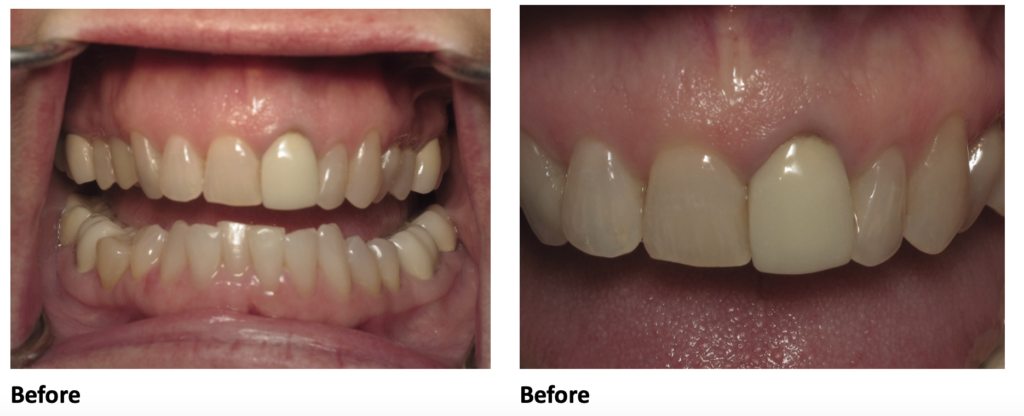
For many years, PFM crowns were commonly used in dentistry for the repair of damaged teeth. PFM crowns have good mechanical properties, are strong and stand up well to oral forces, they look decent, and the gingival tissues tolerate them fairly well. However, Marcia’s front crown looked dark to her from the metal substructure of the crown and it bothered her for many years. She told us “I have a nice smile, but that cap is always what I see first.”
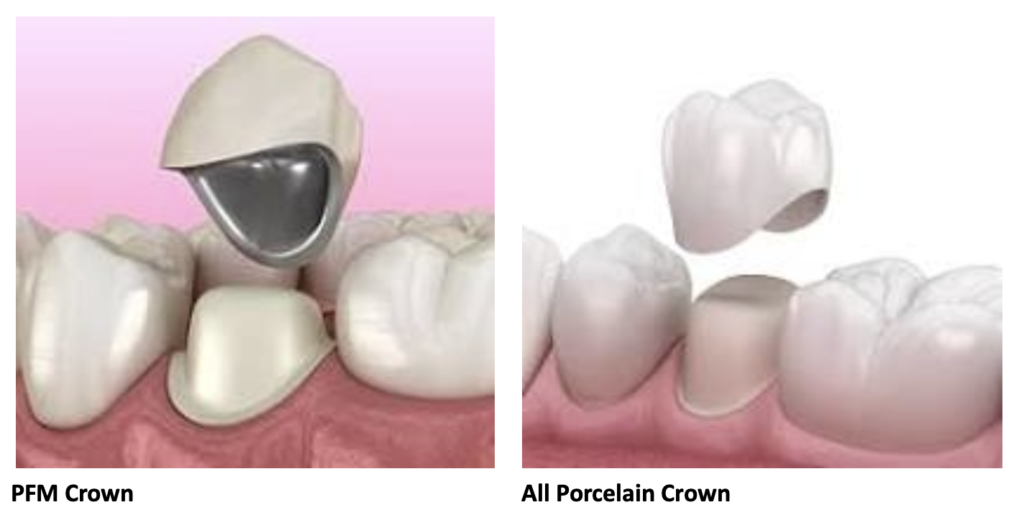
What did Marcia want?
Marcia wanted her smile to be more consistent. She didn’t want her front tooth to stick out. She noticed the discoloration and also felt anxious because she felt that her mouth was small and she had trouble when it came to having dental treatment done. She was very concerned that any changes she might make would not look as good as what she currently had in her mouth.
What was involved?
Dr. Elizabeth used photos and x-rays of Marcia’s teeth along with the results of a thorough muscle and joint evaluation to develop Marcia’s plan. The details of the records process revealed that Marcia would benefit from Invisalign before any changes to her front tooth because of the crowding of her surrounding front teeth that contributed to the shadowing and discoloration. Part of the reason that Marcia noticed the front crowned tooth first is that the tooth was in a prominent position. Invisalign would eliminate the crowding, improve the tooth display in her smile and provide a smooth surface for the upper teeth to bite and chew by eliminating the crowding of the lower teeth. Dr. Elizabeth suspected that Marcia’s bite was currently putting her teeth at higher risk and was probably at least part of the reason Marcia had needed a number of crowns and root canals over the years.

Dr. Elizabeth and Marcia decided that Invisalign would be first in order to improve her crowding and her bite and then would be best to then replace the crown on her upper front left tooth as well as veneer 4 other front teeth that also had anterior wear and chipping. Marcia also underwent the Zoom bleaching procedure to help brighten her teeth that were not getting new restorations.
What does Marcia think?
Marcia said that she was nervous when it came to the restorations and was afraid what would be revealed under the existing PFM crown on her upper left front tooth, but it had to be done if she wanted to change her smile. “Even though it took a fair amount of time, you guys were awesome! I would do it again because I like the result.” She was very happy that she did it and wished she would have done it 20 years ago! Marcia would tell someone that was considering getting this done that it is really worth it. “Don’t wait, just do it.”
Congratulations on your amazing results Marcia and thank you for putting your trust in us! We were delighted to help you through this journey and look forward to working with you and your family for many years to come!
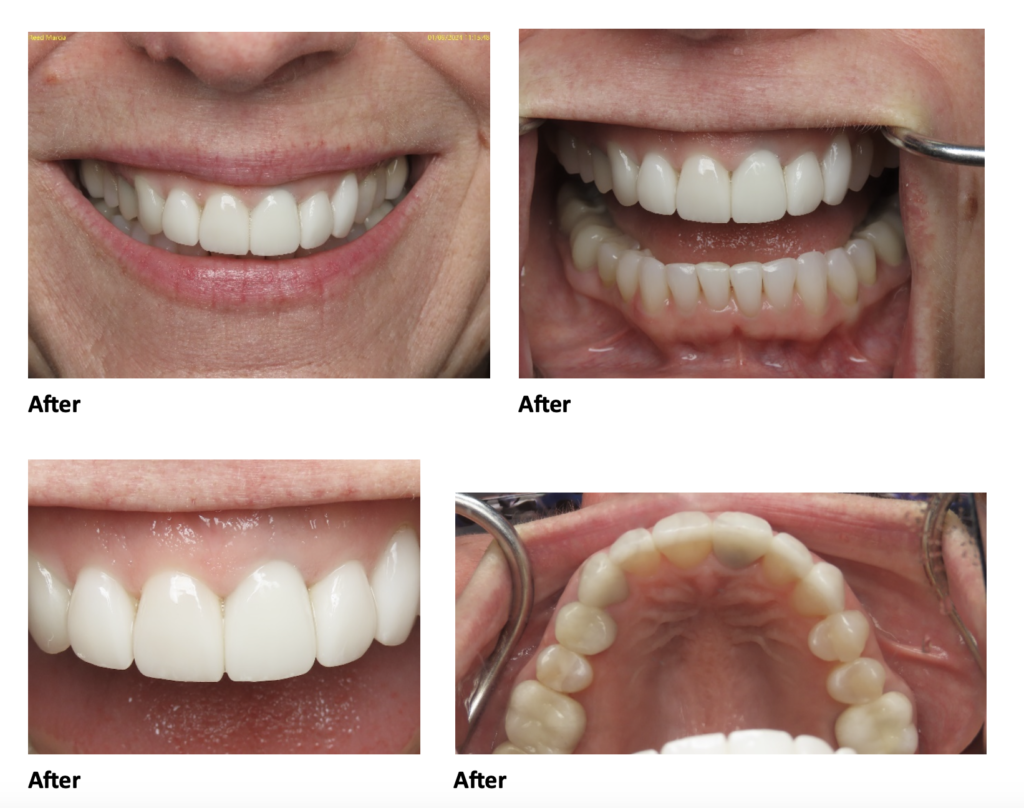
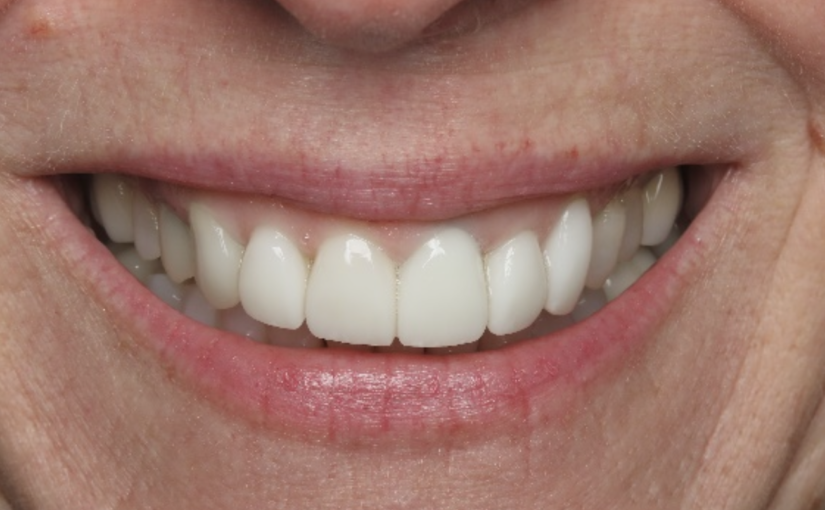

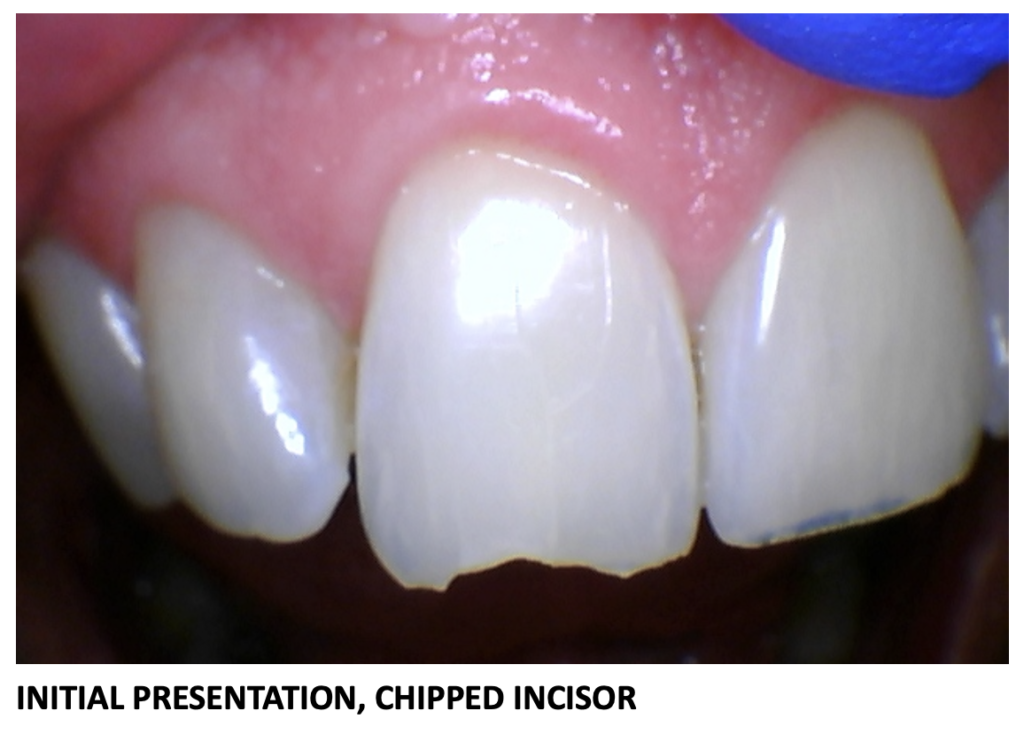
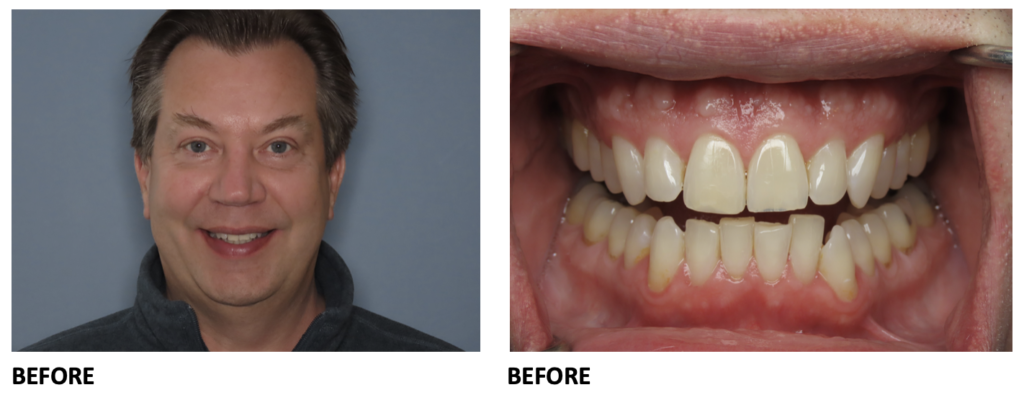
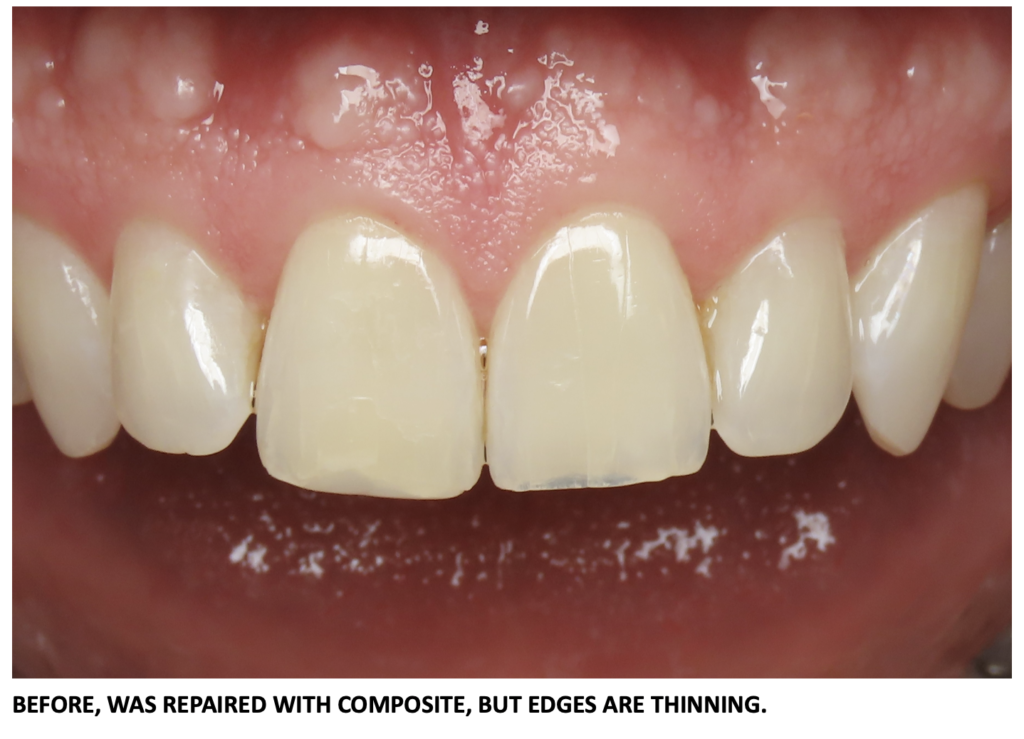

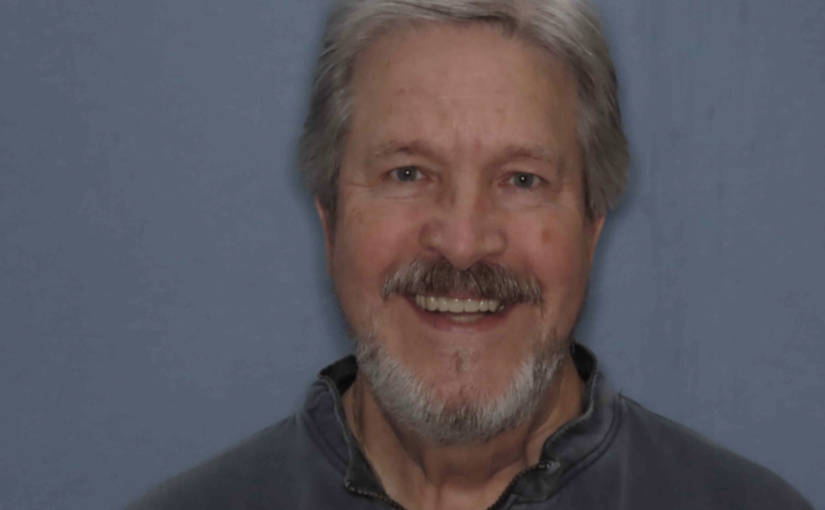
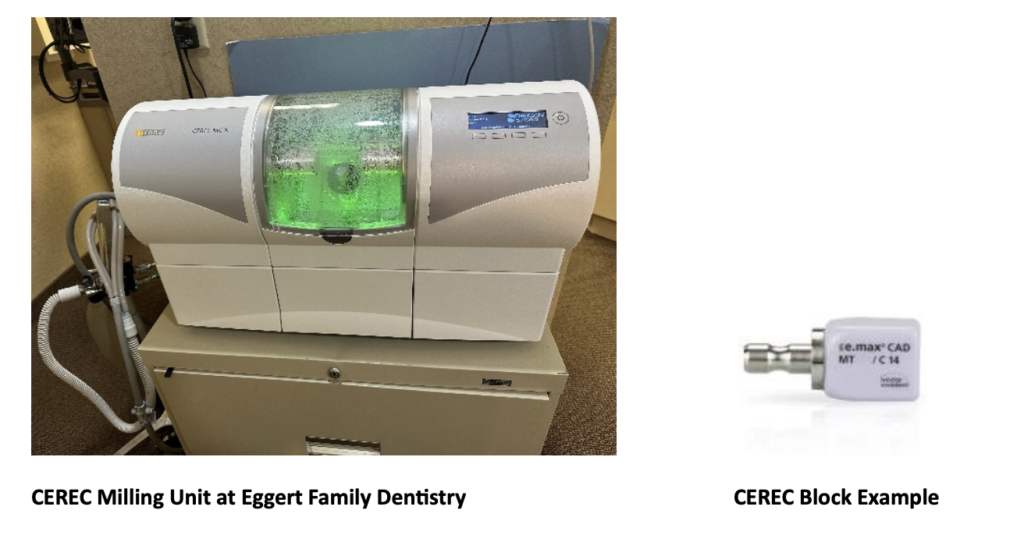
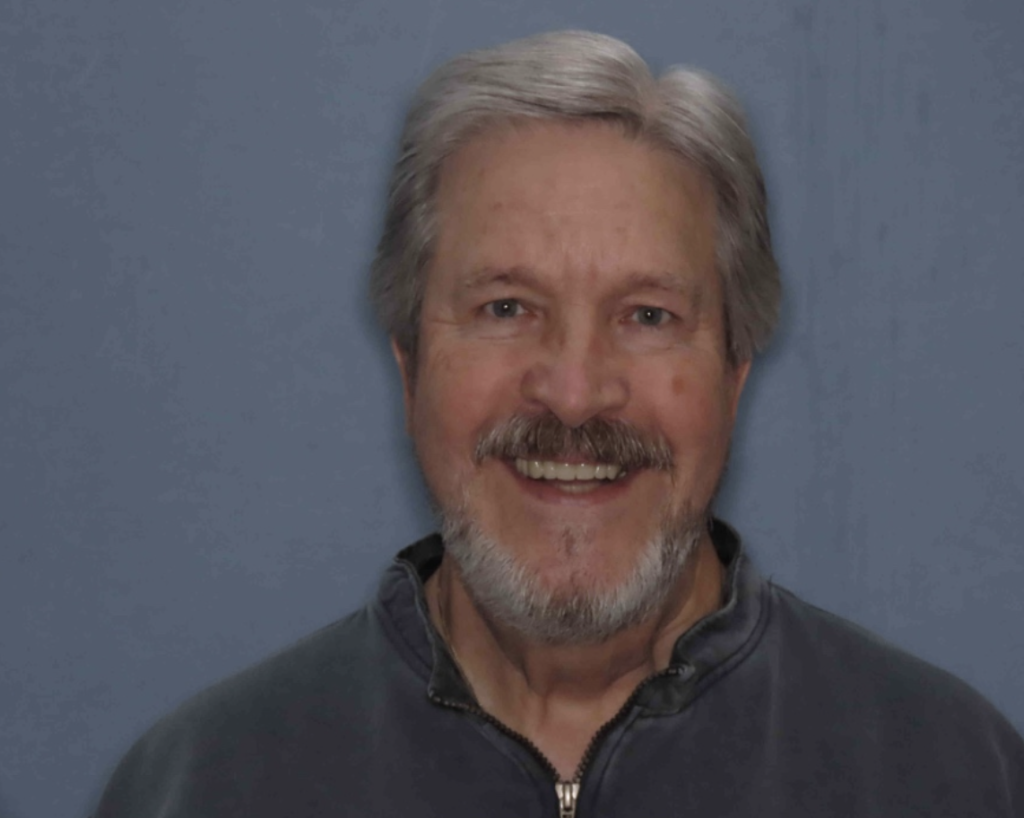
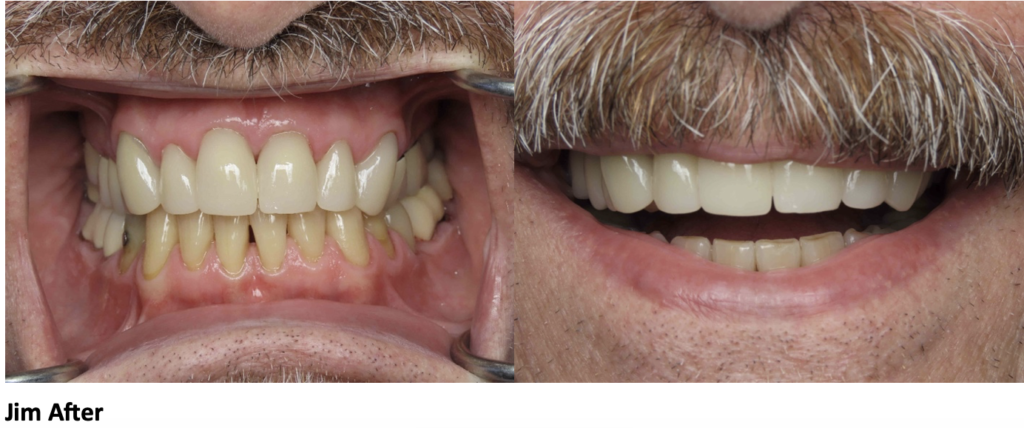



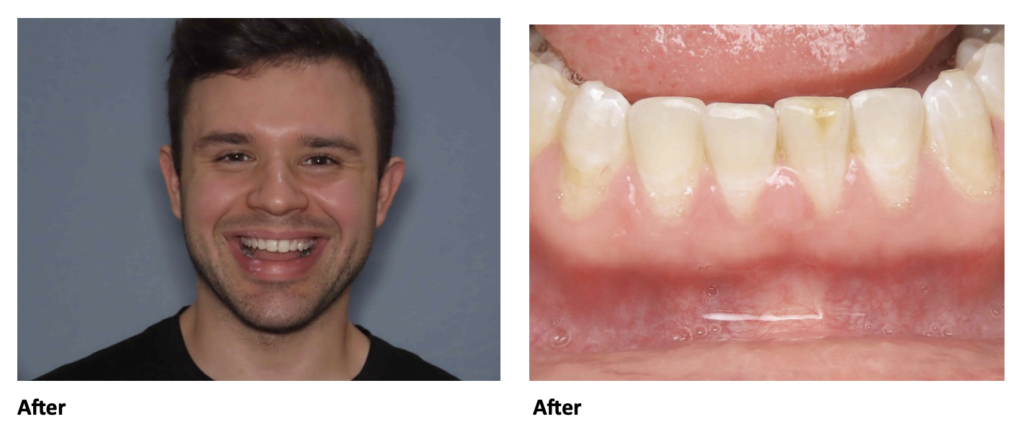

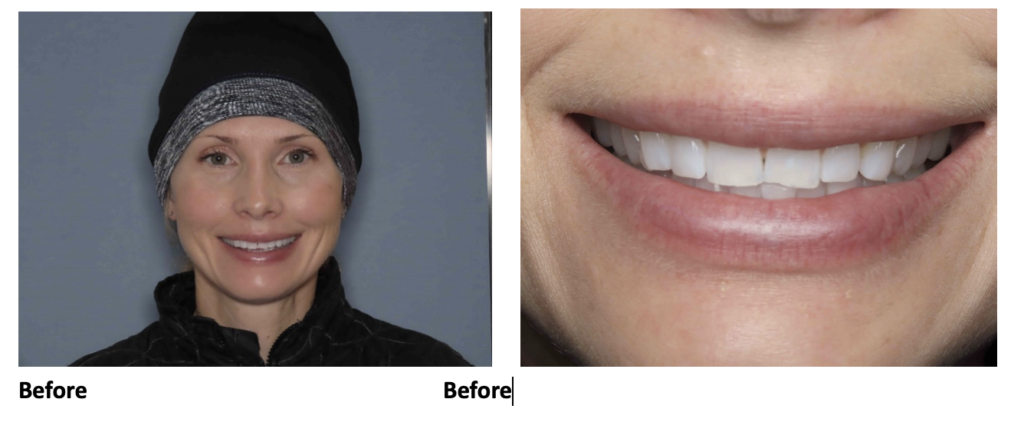
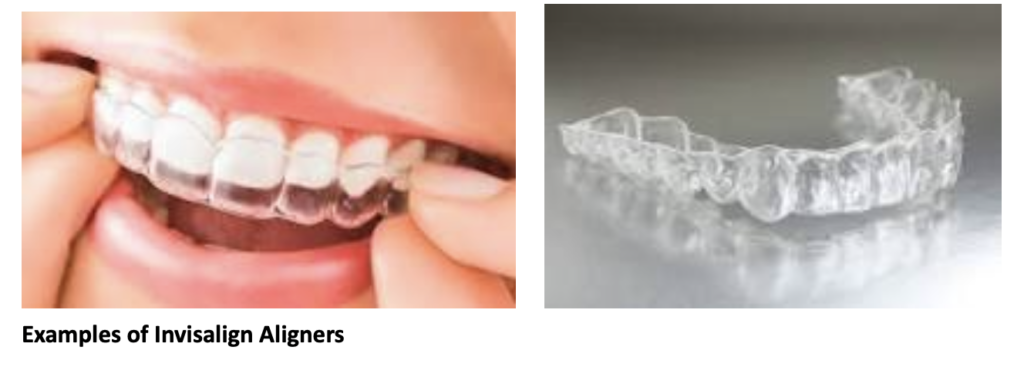

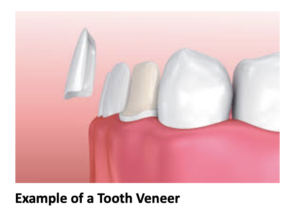
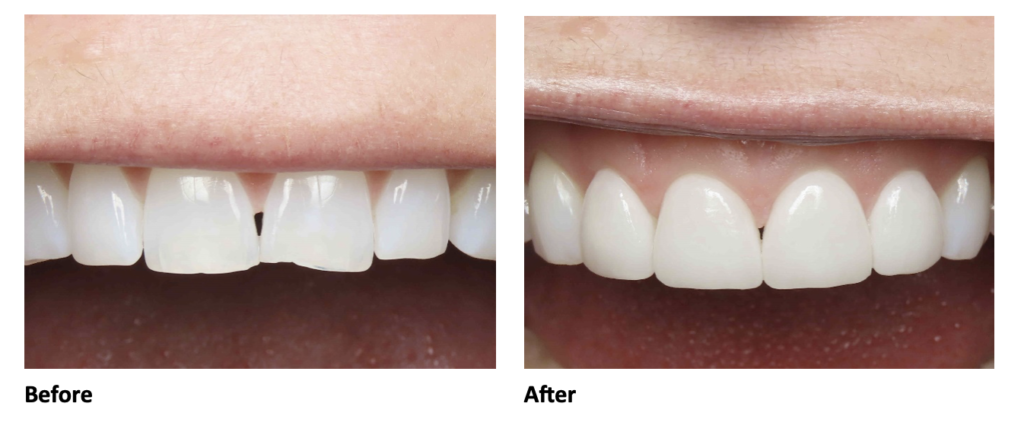

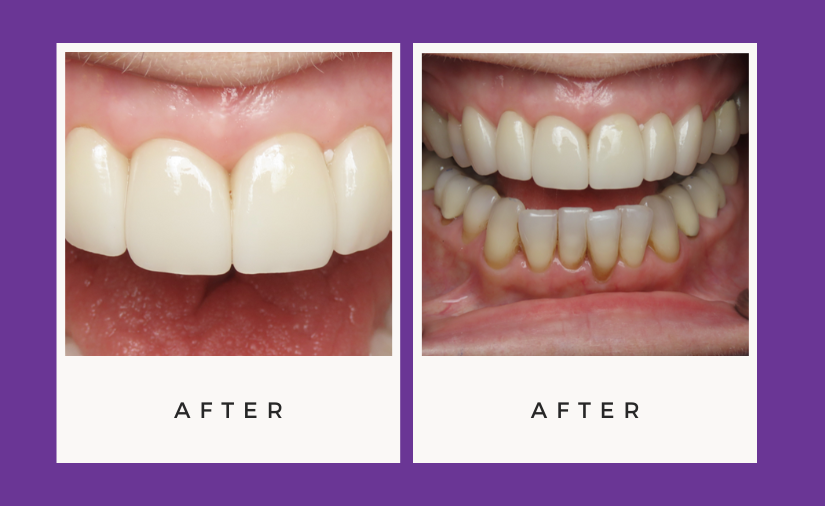
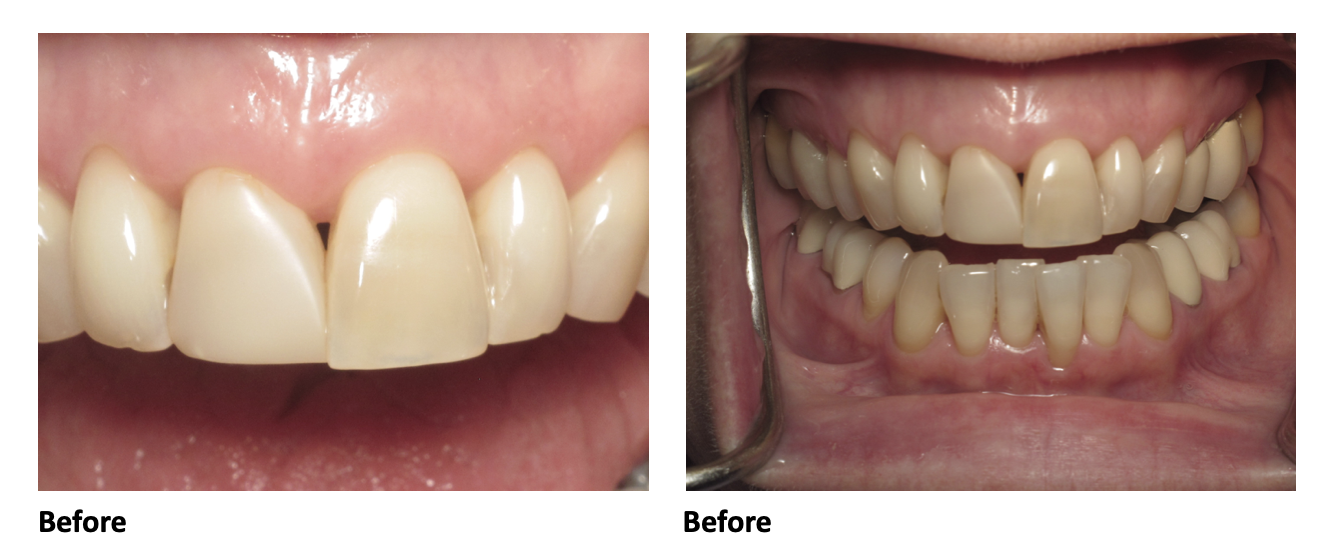
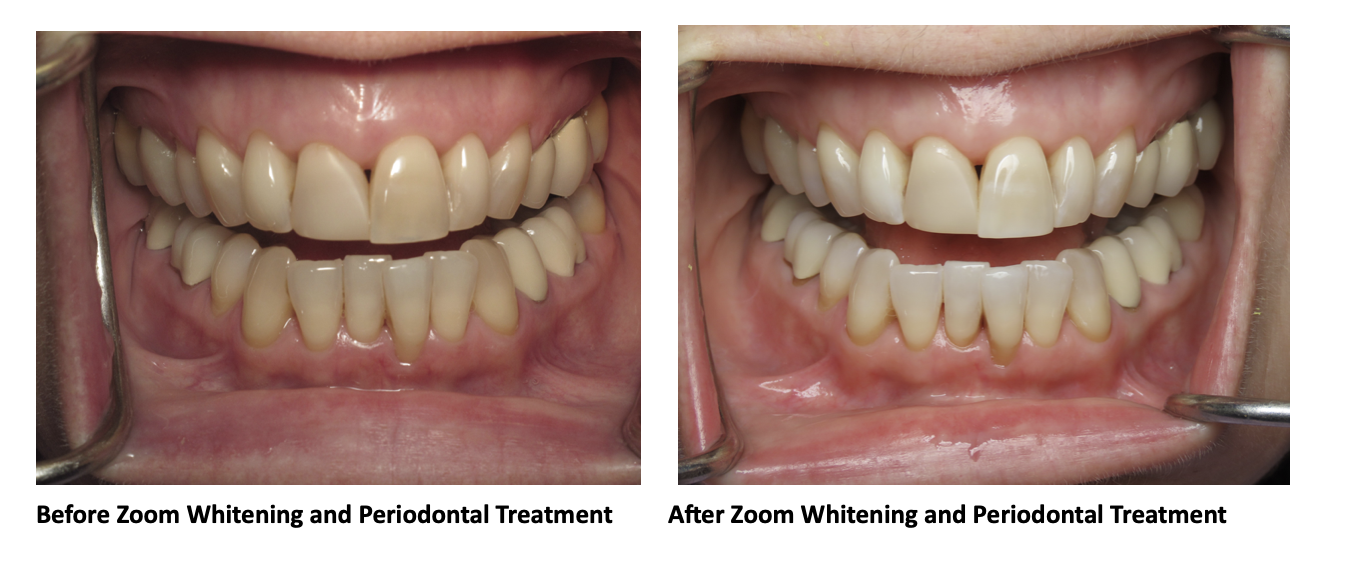


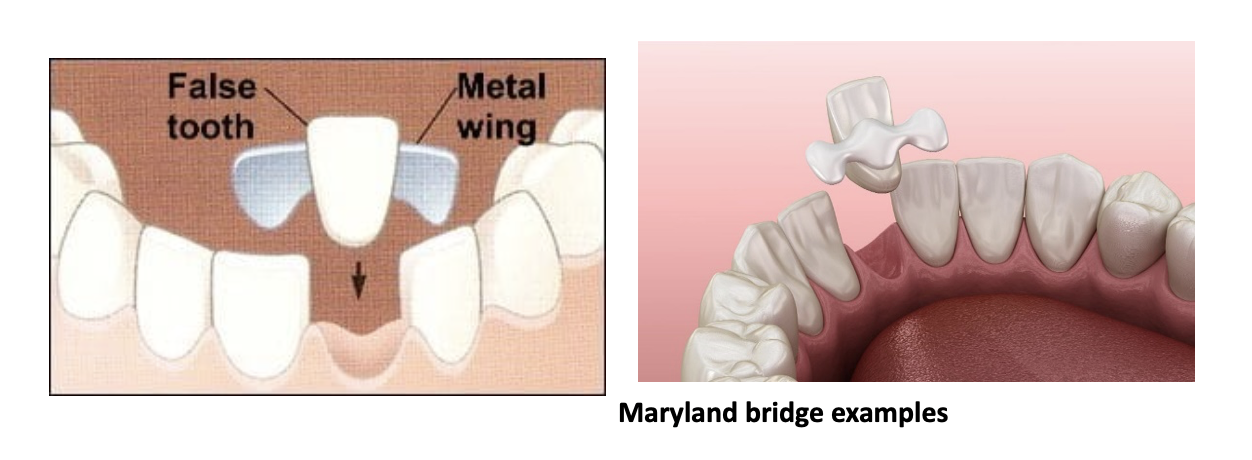
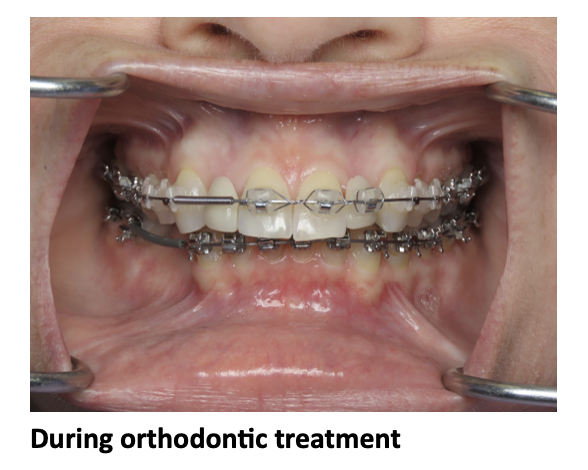
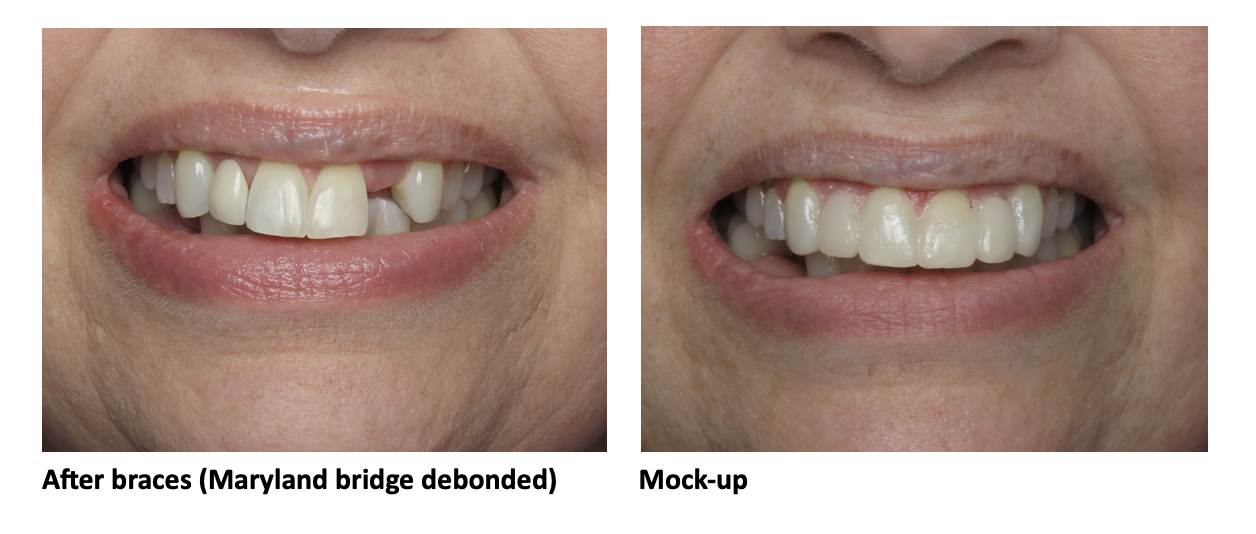


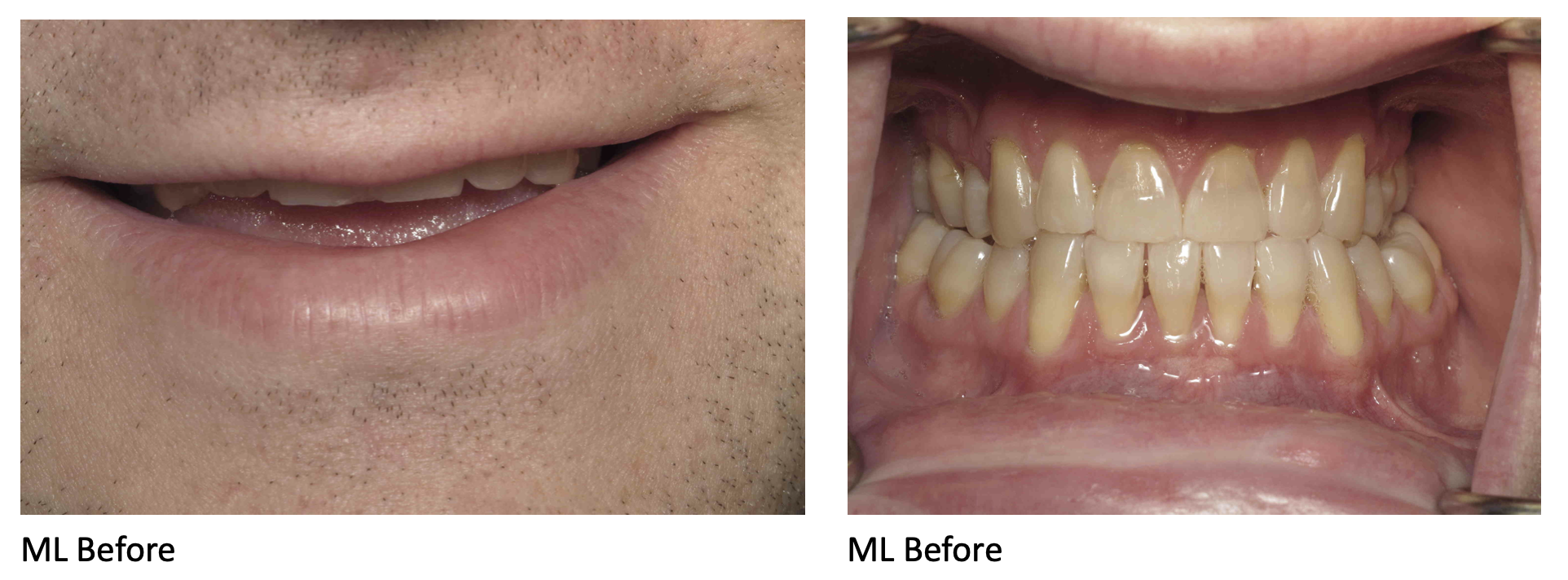
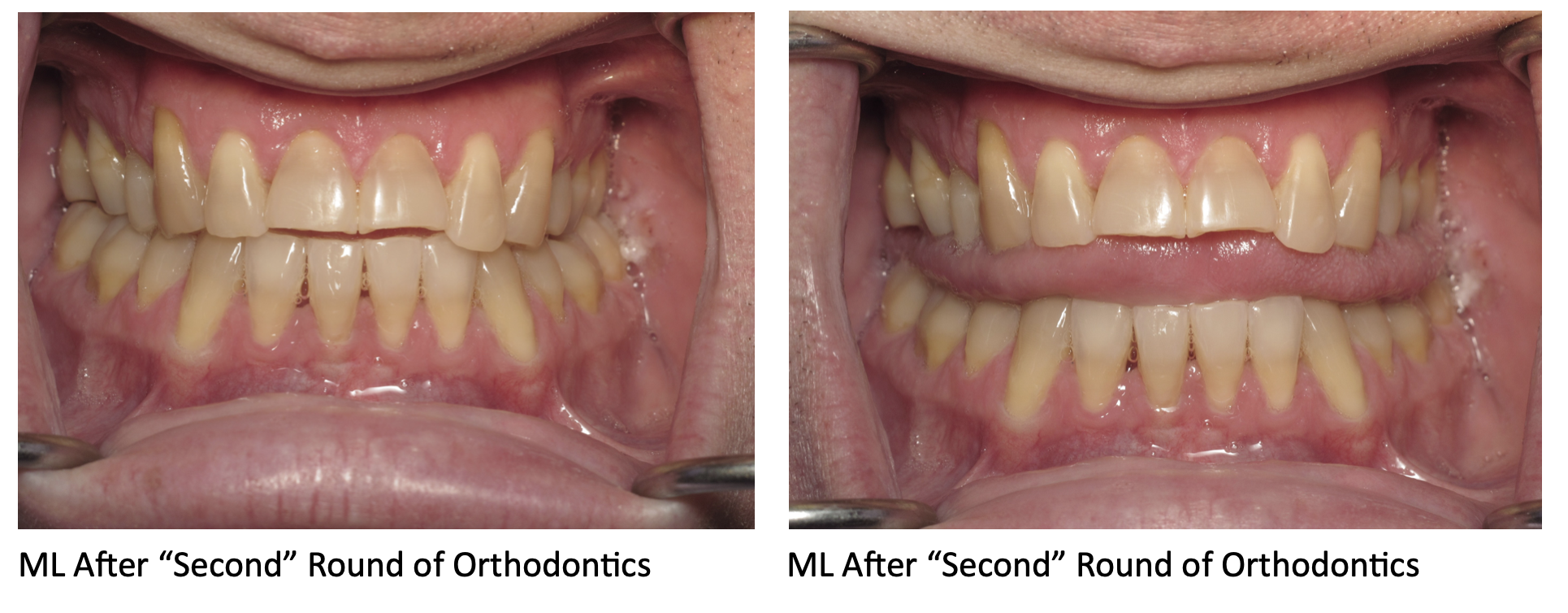
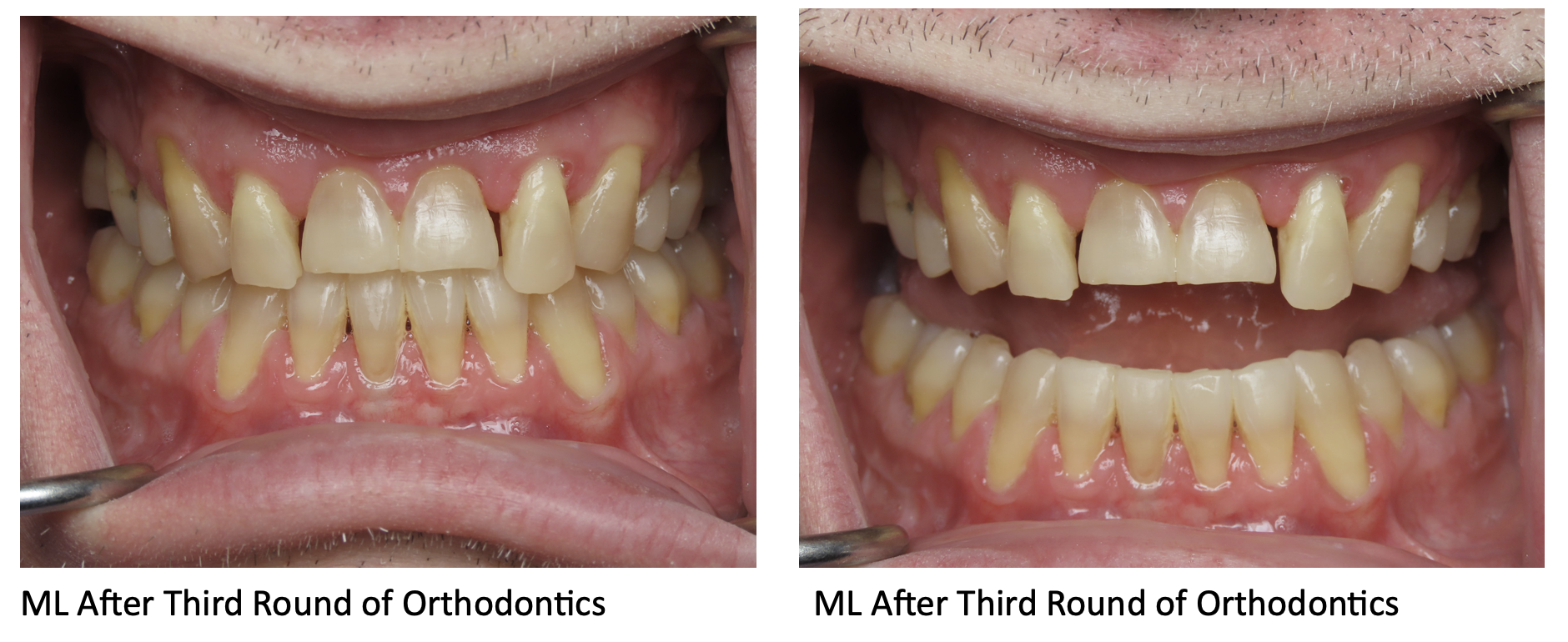
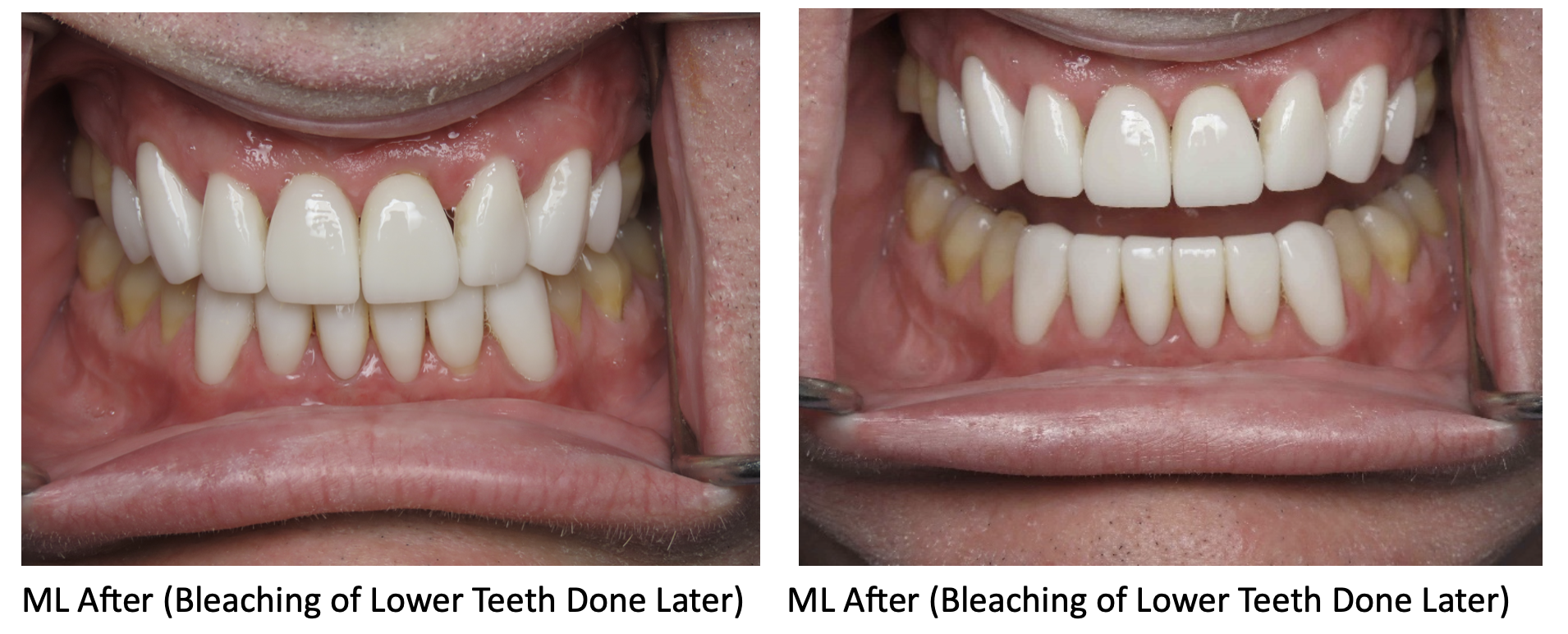

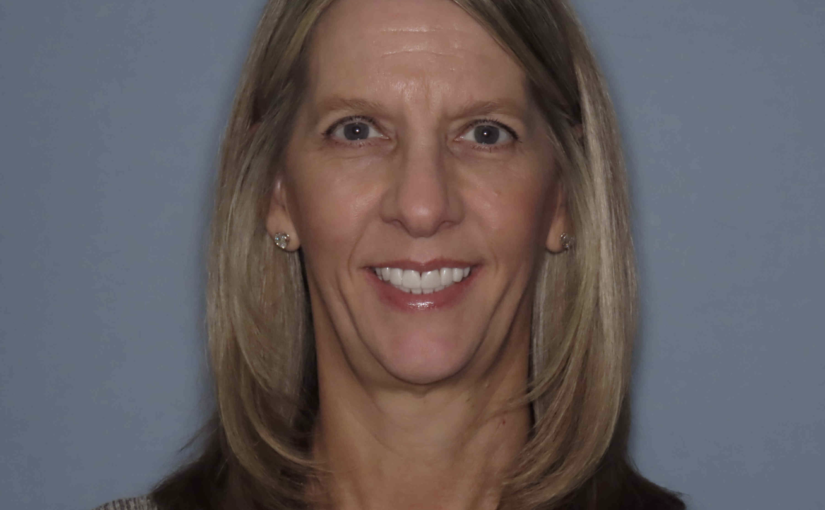




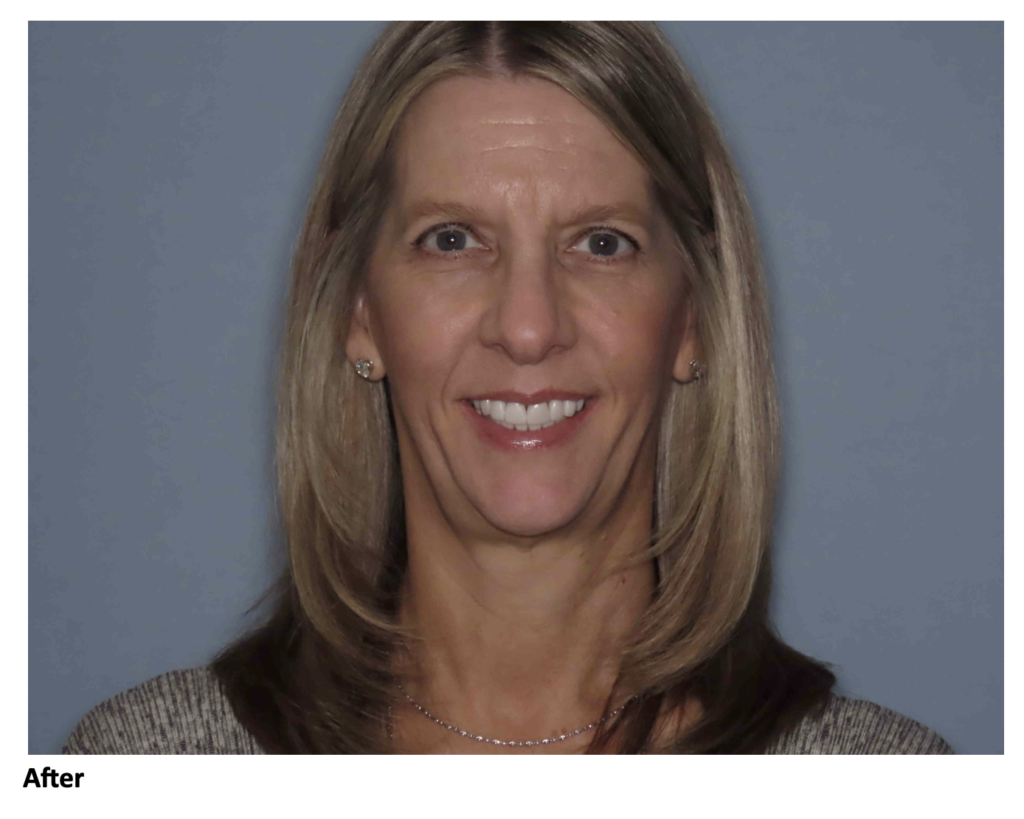
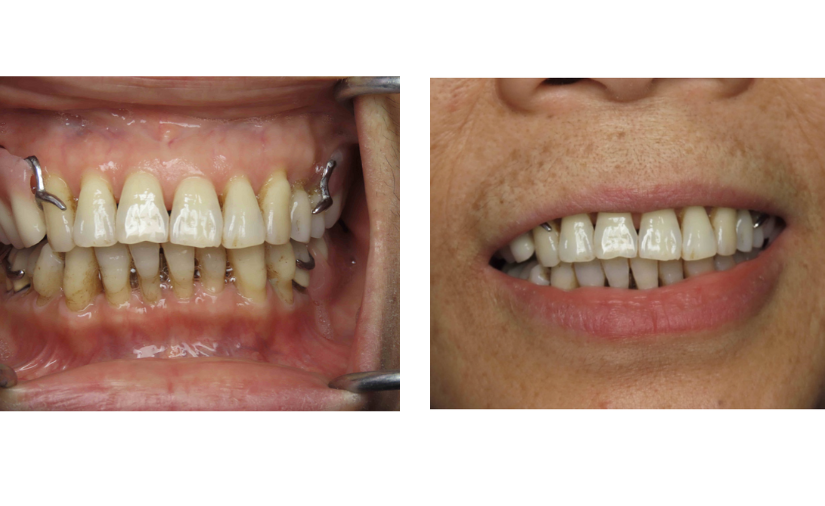
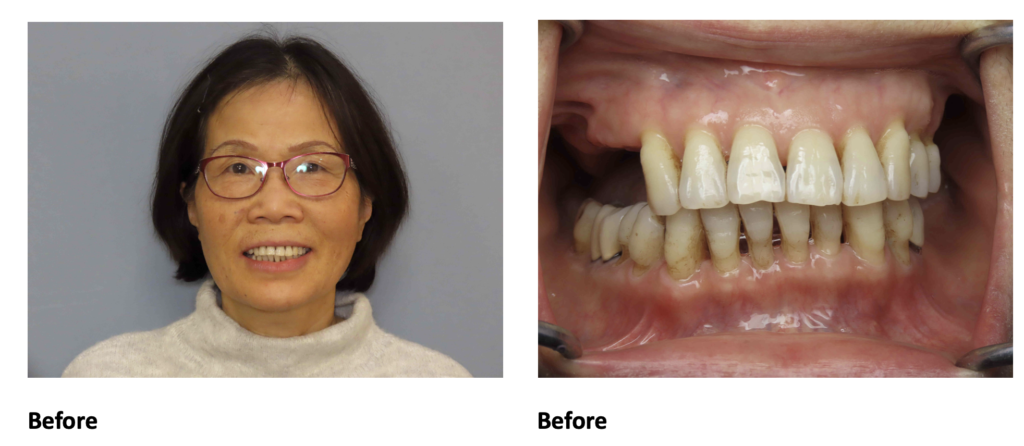
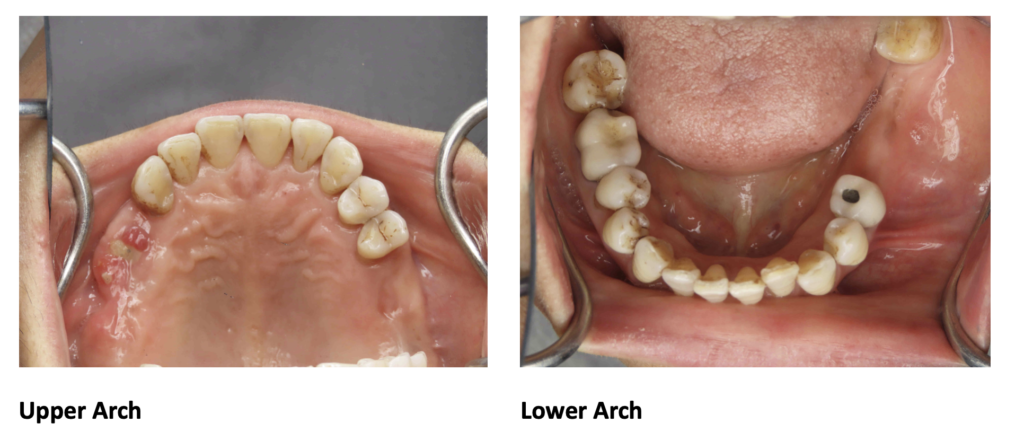
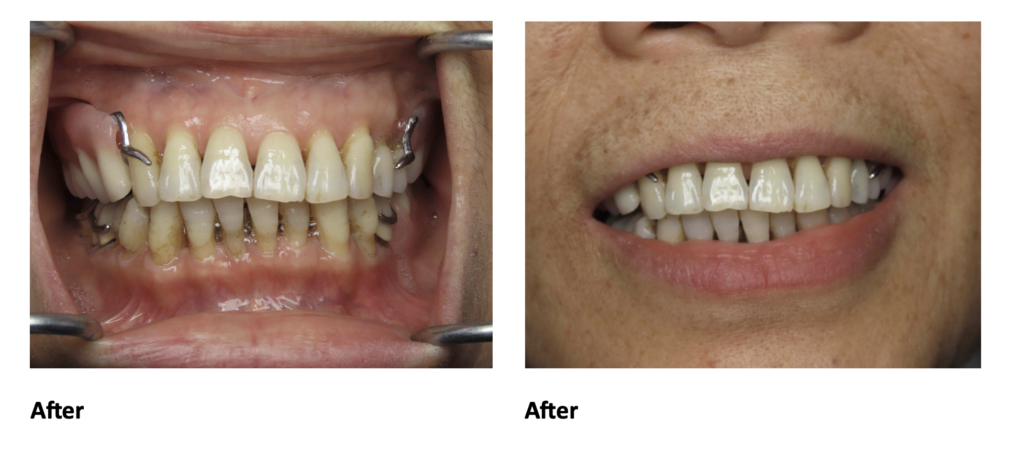 What does she think?
What does she think?